If not for the coronavirus we would be approaching Monterey Car Week right now. Where we would be seeing a serious number of cars cross the auction block resulting in a serious amount of money changing hands in mid-August.
I thought the subject of Collector Car Authenticity, updated from September 2015, would be of interest to many of you.
by Mike Gulett –
Definition: Authentic
of undisputed origin; genuine
made or done in the traditional or original way, or in a way that faithfully resembles an original
How do we ensure that perceived authenticity is real? We can’t ensure authenticity, we can only assume that authenticity exists or that it does not exist.
The search for authenticity can be elusive. Yet most of us continue the search for authentic things, which maybe aids in the search for an authentic life (or maybe that’s just me).
When it comes to buying old cars authenticity can be an unknown because we depend upon other people to help determine authenticity with documents, photographs, books and the car itself under scrutiny. Most of us depend upon experts we believe we can trust.
The Scottish journalist Charles Mackay wrote about the tulip bubble of the 17th century in “Extraordinary Popular Delusions and the Madness of Crowds”,
Rich people sent for the bulbs direct to Constantinople, and paid the most extravagant prices for them. Until the year 1634 the tulip annually increased in reputation, until it was deemed a proof of bad taste in any man of fortune to be without a collection of them.
I think that “increased in reputation” means that tulip bulbs were considered authentic and that it was “a proof of bad taste in any man of fortune to be without a collection of them” means that any person without tulip bulbs was not an authentic person in the minds of his peers. And that was perceived as not good.
Authenticity has become very valuable in the collector car world much like the art world or the antiques world. And when something becomes valuable enough there are those who try to fake it for a profit. Fake authenticity will become a bigger problem in the collector car world than it has been in the past as it has become a problem in the art world. It is a problem already in certain parts of the collector car world (certain marques or classes of vehicles) but the problem is generally hidden from the view of many collectors and the public.
As buyers of collector cars we not only need to be concerned with the possibility that the car is a total fake but we also need to be concerned with how much is authentic and how much is not authentic.
What determines if a car is an authentic model? Is it the body or the chassis or the engine or the paper work? Many old cars, especially race cars, have been crashed over the years, and have been rebuilt, maybe more than once. And maybe there is not much left of the original body or chassis – so how do we decide if it is authentic? And if the original parts left are determined to be authentic how much do the missing parts affect the perceived authenticity and value?
These are tough questions that I believe have different answers depending on the marque and the specific car.
Below are some additional questions to ponder while we all avoid the coronavirus. I asked these questions in a previous article about the value of originality.
1) Will there be an increase in fake originality and fake patina on classic cars for sale?
2) Will there be a specialty business in restoration work such that it does not look like a restoration has been done?
3) Will the Concours d’Elegance events modify their love for over the top restorations? In other words, will an un-restored car ever win best in show at Pebble Beach?
4) Will the classic car price guides add an “original” category? The way they are structured now original cars are valued less than restored cars because they have suffered the wear of time and miles.
5) If a classic car has an older restoration that is showing it’s age should the owner restore it again or is the older restoration more valuable than a new restoration?
6) If parts of the original car are deteriorating beyond use or aesthetics how does the owner make the best decision as what to restore or not to restore?
7) Is a partial restoration better than a full restoration, where some parts of the car are left original and other parts are restored to as new? This would create a car where the condition is not consistent across all of the parts of the car unless the restored parts were purposely made to look the age of the original parts.
Let us know what you think in the Comments.
Collector Car Authenticity – Example
Below is a photo of an expensive, yet non-authentic, Iso Grifo that sold for a lot of money at auction in Amelia Island in 2014. As beautiful as it is, it is not an original Iso Grifo 7-Liter, not an original series 1 Grifo and is not really chassis No. 250223 as advertised.
The value of this Iso Grifo is in its beauty not its authenticity. But will that be enough to create value appreciation?
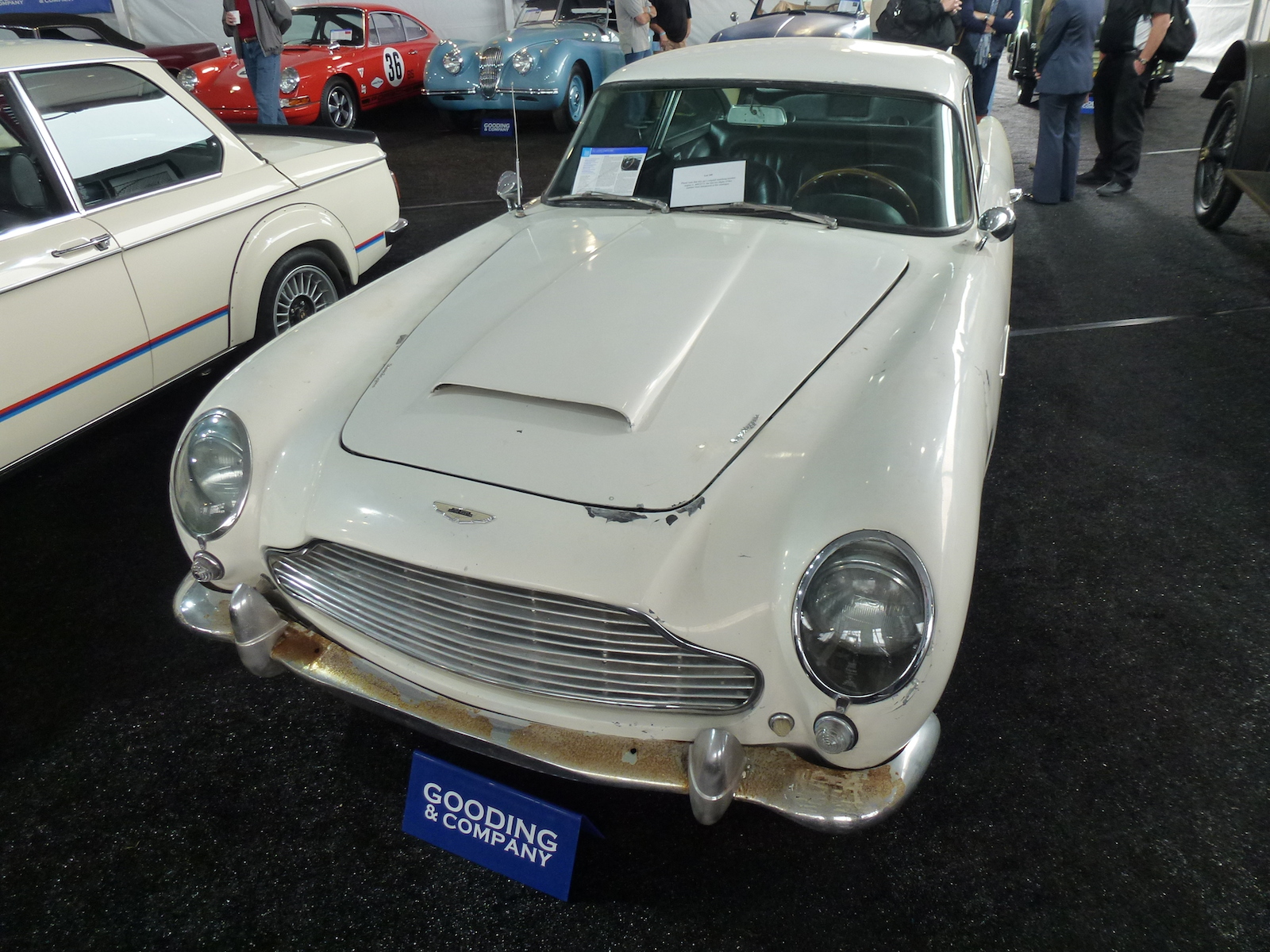
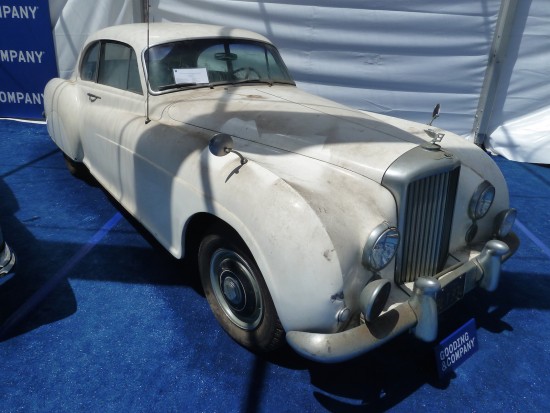
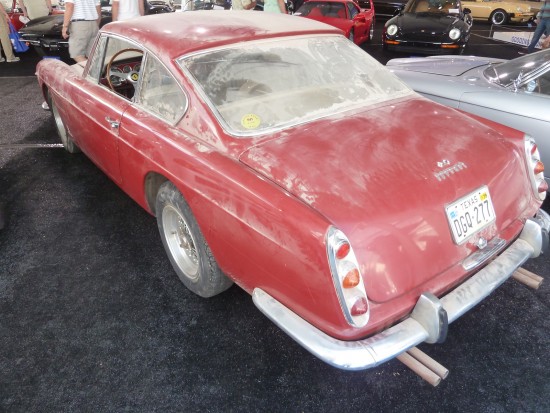
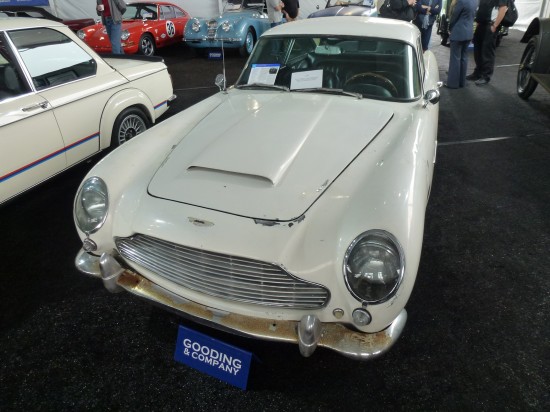
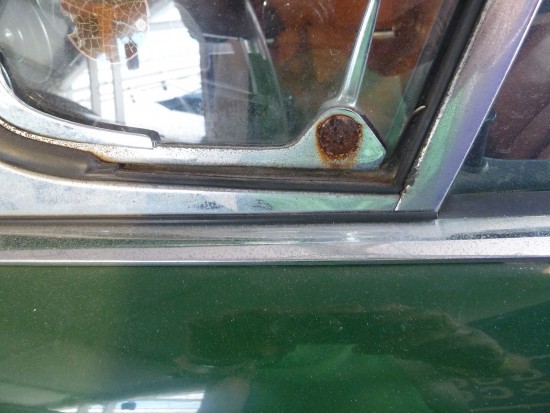
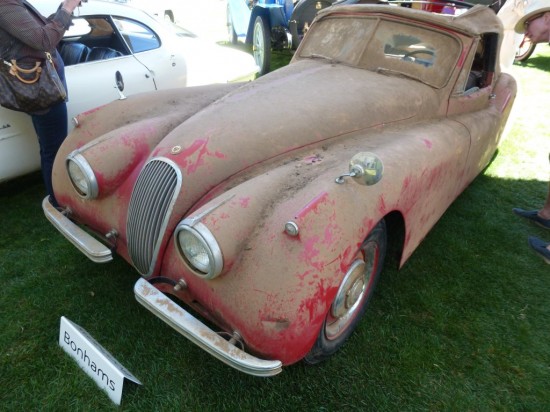
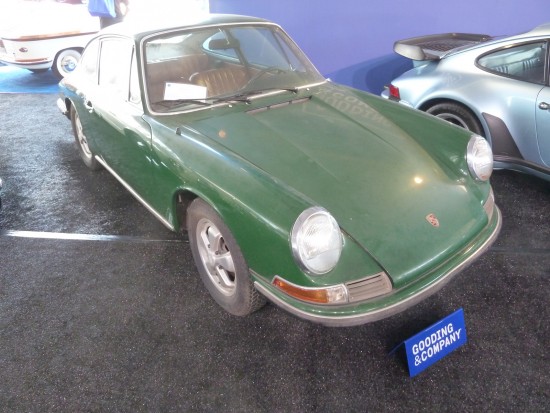
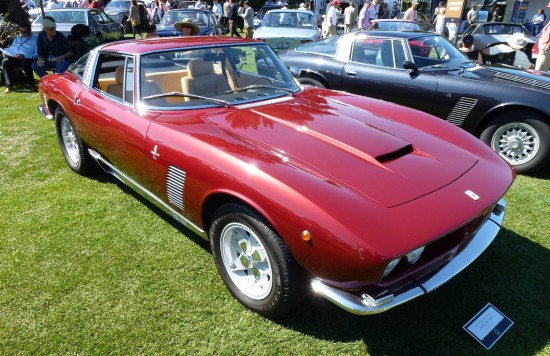


One thing I am certain of relevant to this subject. Dirt and bird droppings were not part of any car when new and I am very tired of presentations of barn finds being shown and offered in that condition. New class: ANTI-concours.
There is in the FIVA (Federation Internationale Vehicules Ancien) the Technical Code .
look for the Technical code.
http://www.fiva.org/
The “Fédération Internationale des Véhicules Anciens” (FIVA) was founded in 1966 in response to an idea formulated by a handful of organisations representing .
I am one of the Scrutineers.
I was thinking about authenticity the other day when I remembered this Shelby racer who smashed his Shelby GT350R model in front of a crowd (including moi) at Willow Springs. He spirited the car off to his garage and a few months later I was driving down the alley behind his house and I saw a Mustang floorpan in the garbage, way too big to fit in the garbage cans. including some cowl pieces. I figure he had the repair work done in his own garage so the racing mavens wouldn’t know the extent of the damage.Later he sold the car but I wonder if the new owner ever knew how much of his sacred Shelby was at one time replaced by chassis sections from an ordinary Mustang? I think, in a unitized car, you can only go so far replacing the floor and inner panels before it becomes a re-creation. On the other hand in a tube-framed car I think you can take the body off and put another body on, as one D-type Jag had happen to it, and then rebody it with a newly created D type body and its still a D-type. Like I always say “Marilyn Monroe in a blue dress is the same as Marilyn Monroe in a red dress…”
Thanks for sharing. This makes an interesting read.
Authenticity only has value when we trust what we see, what we’re told and what the supporting information says (and each of those requires additional verification). One path is to have “sympathetic” restorations done by trusted authorities, and I hope that includes each of the shops run by Mercedes, Ferrari, etc.
It would seem like a full set of documents and photos — especially of any work done and parts used — would add a lot of value to any special car, and I see that mentioned after some auction results have gone well, but there’s no clear metric for the value added this way. I asked the head of one auction house and he acknowledged that documents add considerable value — and may bring more willing buyers to a particular item — but had no rules of thumb for actual monetary value. I’ve shot a number of full restorations, revisiting the work being done on a given car a few times per week for over a year and gathering thousands of images, but closing a business deal at any fee that makes it worth my time is still a major challenge.
Perhaps an independent and respected certification authority could bring some consistency here, but that would have to be built up over time. And I would hope that my histories would gain in value over time as more people came to appreciate their completeness and consistency, but I’ll never get there if the business case doesn’t support it.
(And I completely agree with Wayne about bird poop. The dirt and such should only stay if you’re doing a full diorama of the cars as they were found and a section of the barn, or have the Bugatti from the lake. Otherwise you’re celebrating neglect. Take a bunch of photos of the car as found, check with experts about what to do & not, and then do a careful cleanup.)
About the poop. I have met many owners of rare cars who, in telling me their restoration stories, have lines like
“The painter couldn’t find that exact color of the original but he found one that was close.”Same with upholstery stories, yadda yadda. So those who are buying the Bird Poop cars are lulled into thinking that “Hey, here’s a car with the original paint that was never repainted, so I can repaint it the proper color,” So they are thinking it’s better to buy an unmolested one owner car than one that has been mistakenly repainted and reupholstered incorrectly. Of course who knows if back in ’55 the owner didn’t take it to Earl Scheib for a $99 paint job….
And besides, there’s a little show biz there with the Bird Poop cars, the guys that buy them for heavy bread are too busy being doctors, lawyers and Indian chiefs, so in buying one that’s a fresh found (“fresh kill?) they get in a little bit on the glamor of the hunt, similar to when I grew up in Michigan, on opening day of deer season I’d see an endless line of cars coming South form the UP with a dead deer on each fender, bleeding as they drove along. They were showing: “Me Great Hunter. Me Kill. You eat.”
Very nice read
As someone who restores cars, I find it interesting how many clients will bring an “untouched original paint car” in only to have us look at it for five minutes and explain that the overspray on the chrome, etc. was not put there by the factory. ……..Due diligence is the operative word….
While “matching numbers” is a nice concept, it seems to be more of an issue to those with an eye on investment… Personally, I’m much more interested in the appearance of originality, rather than the original components being all present and correct. After all, many items on cars are “consumables” – starter motors, generators, cylinder heads, etc all fail from time to time. As long as they are replaced with original spec items, I’m not too exercised about it. If I lift the hood of an Iso Grifo I want to see an engine bay that looks basically stock, not one bulled up with aftermarket go-faster stuff… I currently have a 1950 XK120 which received a new body in 1952/3 (evidenced by period photos) and apparently a replacement chassis (very close in age) many years ago, also an XK150 cylinder head. It does retain its original engine (apart from the head) gearbox, rear axle, interior, etc, etc. Does this bother me – not a bit! The car looks essentially similar to the way it left the factory – I even returned it to drum brakes and disc wheels with spats – and it would take a real XK120 geek to spot any changes. I suppose all this may affect the value a bit, but I don’t really care. I intend to keep it until I can no longer drive!
Chris,
That’s a beauty! I love the color. I’ll bet it is great on English country roads.
I like it too, Mike – it’s the original Jaguar Bronze, which looks a bit too brown in this photo. Yes, it’s fun on country roads, not so much on freeways!
One of the cars “cursed” by the lack of documentation is the Round Door Rolls owned by the Petersen. It is a true art deco car that was years ahead of its competitors. But the problem was it was bodied by Jonckheere Carrossiers of Belgium, a truck and bus builder. It is bad enough that it was a re-bodied 1925 Phantom I (when they say re-body that means to me the oriignal body was removed) meaning its design might not have been approved by Rolls but apparently the coachbuilder went out of business during the war and all the records were burned so we can’t go back to books and find pictures of it being built as we can with cars from coachbuilders that survived the war. According to the site Vintage.Es : it ” started off as a Hooper Cabriolet but was transformed by Jonckheere Carrossiers of Belgium . It won the 1936 Prix d’Honneur at the Cannes Concours d’Elegance, but then found its way to the US, where an East Coast entrepreneur covered it in gold and displayed it in malls for the paying rednecks to enjoy.” So that’s the only pictures of its pre-Petersen life , as a tacky discarded carnival attraction, hardly enough pedigree to want to restore it. But it looks good in its prent day condition,
Wallace,
I visited the Petersen Vault about 10 years ago and took these poor photos of the Rolls I think you mention.
Photo No. 2
Photo No. 3.
I don’t want to rain on anybody’s parade but the phrase “replaced chassis” gives me the willies (sp?) regarding authenticity. I am presuming that chassis came from another car so it’s got a different chassis number? (so you switch chassis plates?) But maybe in the days of separate chassis, automakers shipped separate spare chassis to dealers?
If the chassis number is different from the title certificate in the car you’re looking at, I’d be wary, especially since the guy with the title to the chassis under the car might pop up someday, title in hand and say “Ahem, I still own that car…” (After you sent $50,000 on sourcing a replacement body) I still say (I love saying this line) “”Marilyn Monroe with a red dress on is the same as Marilyn Monroe with a blue dress on, or no dress on.” In other words the body is only a covering, and not nearly as important to a car’s pedigree than the chassis it was born with…
I’m actually not concerned about that. The only reason I know the chassis was replaced at some point is because the number stamped on the chassis was in the wrong font. There is no other readable chassis number and the car retains its original identification plate. It also has an almost continuous history. Maybe it was a replacement chassis from the factory..? The 1952 body seems to have been, as its number was never issued to a car.